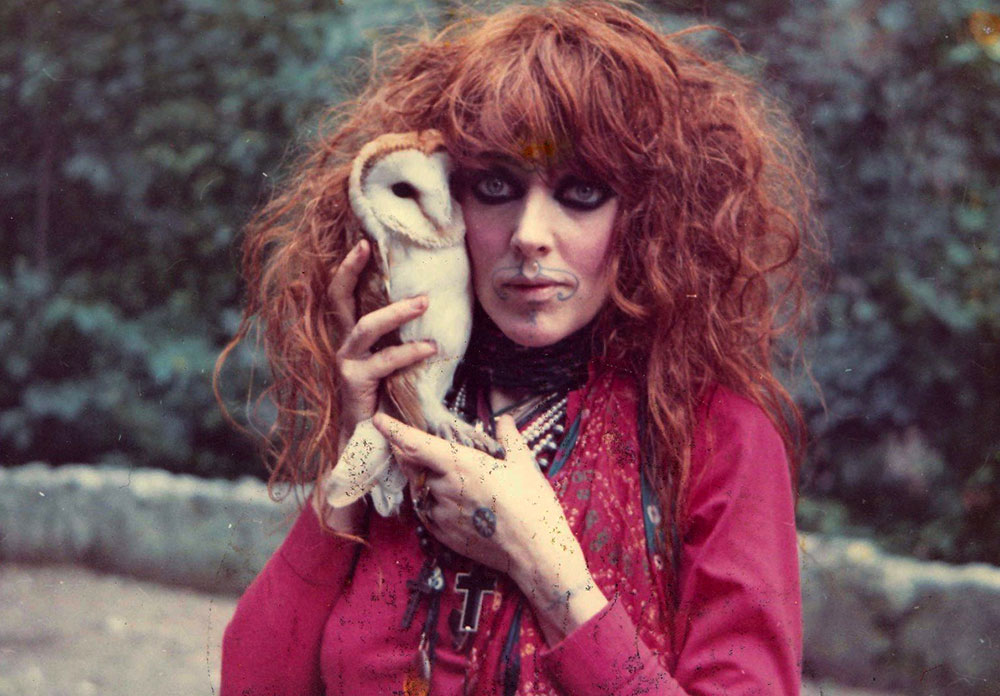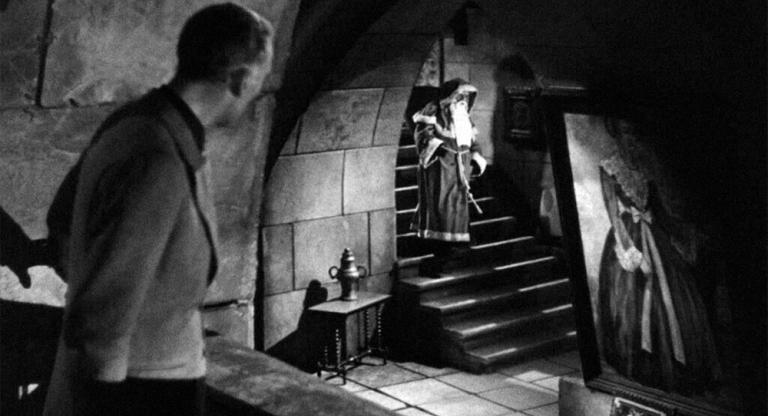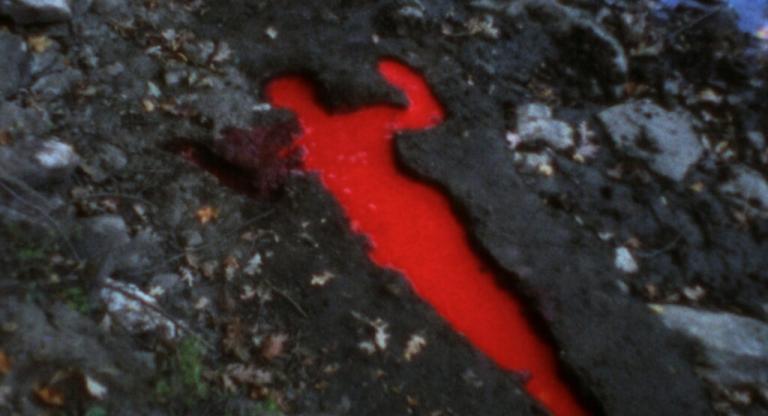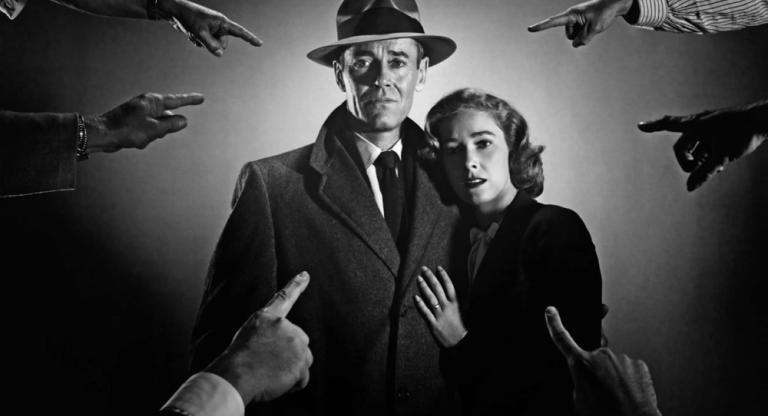After shooting Jonas Mekas's debut film, Guns of the Trees (1961), cinematographer Sheldon Rochlin co-directed the experimental portrait Vali: The Witch of Positano (1967) with filmmaker Flame Schon. Their collaboration showcases the behind-the-scenes simplicities of Australian outsider artist Vali Myers’s life through an abstract tour of her days as a bohemian occultist. She tattoos a friend, tends to her menagerie (which includes a fox, an owl, and a large rabbit), drinks tea, and quietly engages with her "black book," in which she records her dreams and ideas. When not outdoors in the fantasy-tinged woodscapes surrounding her cottage in Positano, Italy, Myers is usually dancing to (not with) others. Accompanied by intermittent narration from Myers detailing her philosophy on creativity, Vali portrays a moment in the life of a fiercely independent spirit who’d spent decades juggling a hustle between work and her art.
Myers was born in Sydney, Australia, in 1930. She left her home at age 14 to work in a factory and support her dance goals, eventually leading the Melbourne Modern Ballet Company by 1947. Two years later, she moved to Paris, but proved unable to forge a dance career as the city recovered from the war. She found herself among the wandering creatives and hopefuls who had begun drifting around the Left Bank in search of something to do. As she says in Vali, they didn't hang in cafés all day because it was cool, they were there because they had nowhere else to go. During this time, Myers was also making intricate drawings and dancing in nightclubs. Her big red hair, facial tattoos, and heavily kohl-ringed eyes became an unmissable presence in Paris. A fan of her artwork and hypnotic dancing, The Paris Review's founder George Plimpton published a series of drawings by Myers in the spring 1958 issue. He remained a friend of hers for years, co-produced Vali, and supported Myers's art career by purchasing several pieces and publishing a second portfolio in the magazine.
The Italian cottage where Vali is centered had become a refuge for Myers out of necessity. She had been expelled from Paris in 1952 after repeatedly being imprisoned for vagrancy, although she was later able to return. The wave of bohemian and intellectual regulars who came into Myers’s Paris scene—Jean-Paul Sartre, Tennessee Williams, Jean Genet—had also led her into a life of opium-riddled socializing. Her addiction to the drug, which she supposedly smoked regularly with Jean Cocteau, was destroying her life. So, in 1958, she left Paris and settled in Positano. The solitude and slowed-down pace of Vali shows a clearly detoxed way of life for the artist, but one in which she still finds joy and creativity.
Word of Myers's life and art spread far and wide throughout her life and beyond. It attracted visitors like Marianne Faithfull, Mick Jagger, and Donovan, in addition to inspiring Tennessee Williams's character Carol in his 1957 play Orpheus Descending. She also tattooed Patti Smith and mingled with Andy Warhol in New York City while living at the Chelsea Hotel. More recently, Florence Welch named her as an inspiration for her 2015 Florence and the Machine album How Big, How Blue, How Beautiful. Myers passed away from stomach cancer in 2003, but her work and spiritual approach to life's open-endedness have influenced generations of thinkers and artists. Vali could have focused on Myers's past and the many big names that are woven into it, but the fascinating draw of this documentary is how it instead lets us rest with Myers during those mundane moments that are so easily glossed over and cut out of most commercial films.
CONTOURS is a column developed by Saffron Maeve examining films that thematize the world of visual art: heists, biopics, documentaries, and experimental fare. Maeve also programs a screening series of the same name and premise at Paradise Theatre in Toronto.
Vali: The Witch of Positano screens tonight, April 30, at Spectacle Theater.



